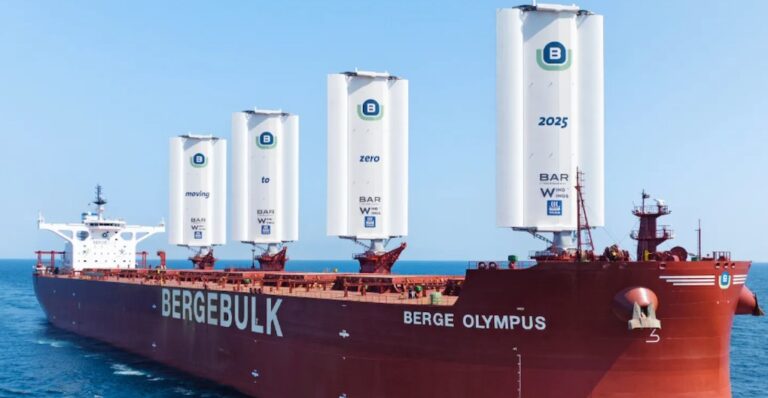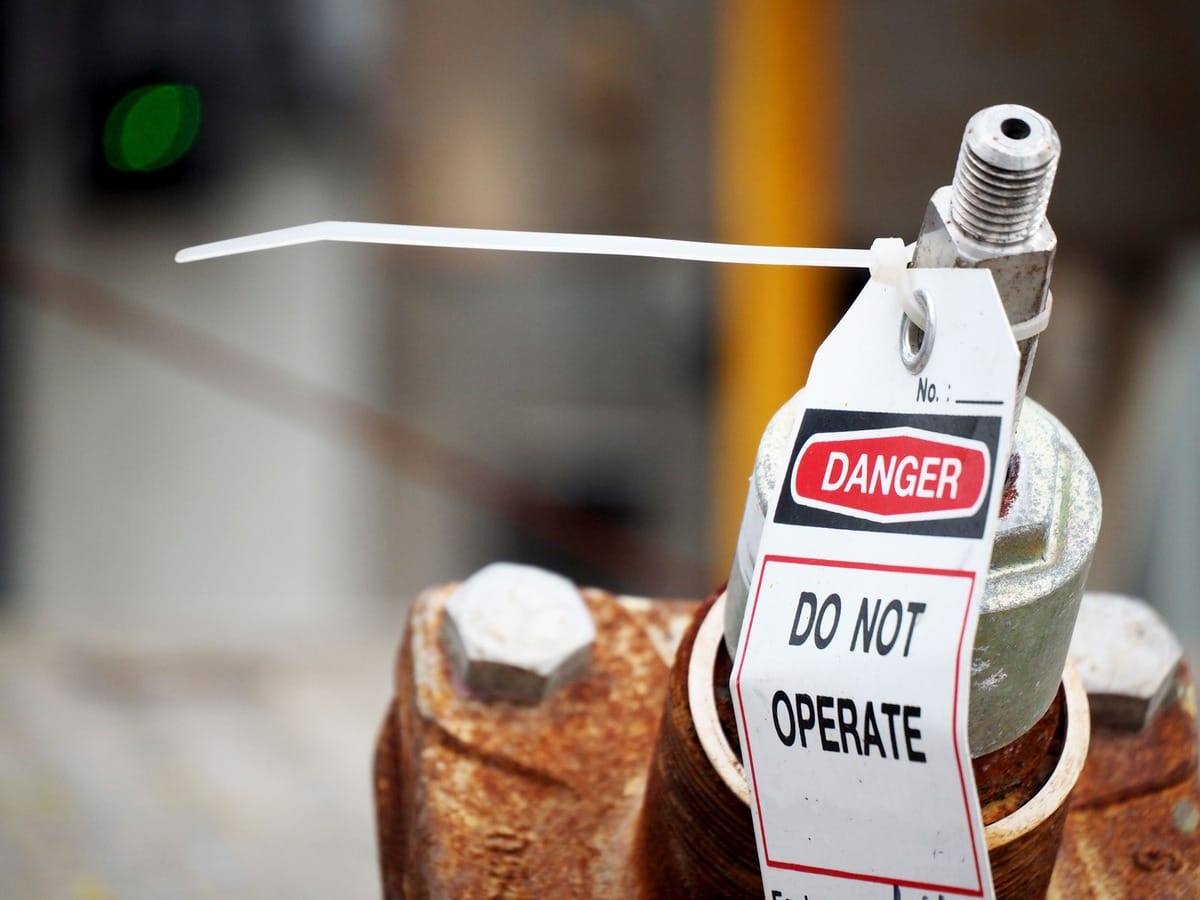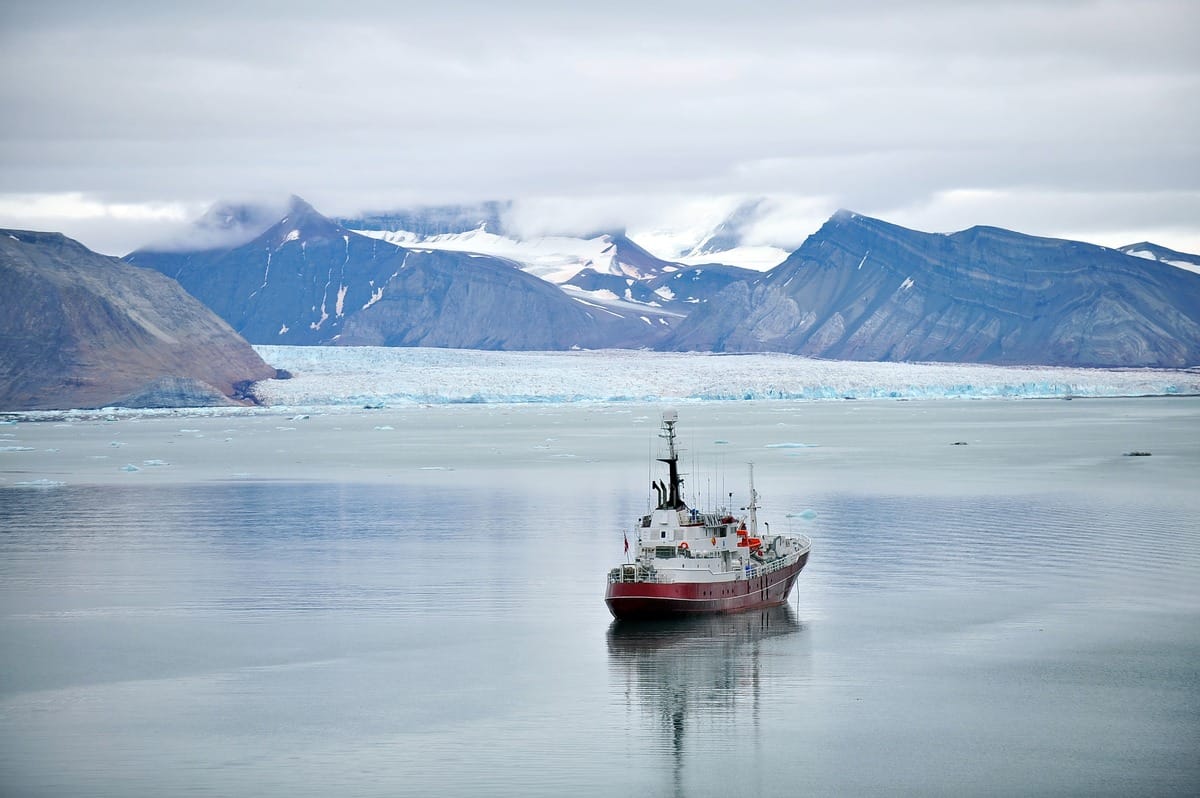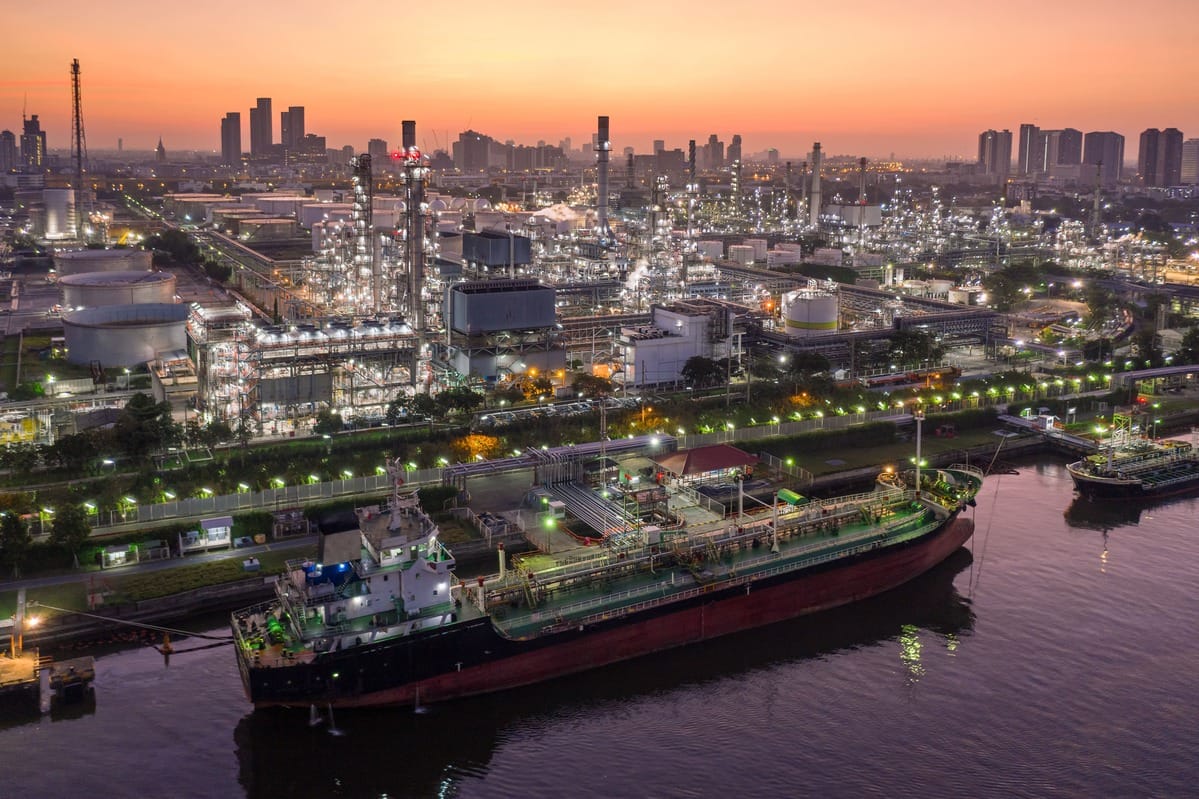Orders for wind-assisted propulsion systems (WAPS) are set to accelerate in the coming years due to a surge in industry interest combined with systems builders and yards scaling up production and installation
Orders for wind-assisted propulsion systems (WAPS) are set to accelerate in the coming years due to a surge in industry interest combined with systems builders and yards scaling up production and installation capacity, classification society DNV said.

In response to this trend, DNV released a new whitepaper that provides a detailed look at WAPS technologies, their onboard implementation, and potential fuel savings to help shipowners determine whether they are a viable business option for their vessels and operations.
Specifically, the whitepaper explores the design and operational factors influencing WAPS fuel savings and provides steps for evaluating the technical feasibility of new systems, from concept to implementation. The paper includes two case studies in EU waters modeling how different WAPS installations can effectively reduce fuel costs and emissions in compliance with EU ETS and FuelEU Maritime.
“As we navigate the maritime energy transition, it’s crucial to consider all options for decarbonization. And as more verified data comes in, the business case for WAPS technologies is building. They are already delivering significant fuel savings when matched to the right vessel type and operational profile. And as part of the suite of new energy efficiency technologies, WAPS are stepping up to deliver immediate emissions reductions and play a growing role in the maritime decarbonization journey,” Knut Ørbeck-Nilssen, CEO Maritime at DNV, commented.
Retrofitting WAPS is possible for almost any ship with sufficient deck space and unobstructed airflow, even if not originally designed for sails. However, vessels with WAPS integrated into the design offer even greater opportunities for optimization.
Currently, 75% of the WAPS fleet are retrofits, primarily tankers and general cargo vessels. Rotor sails have been the preferred technology for the bulk and tanker sectors (54% share of systems installed), while suction sails are the main choice for general cargo ships (67%).
“Current WAPS technologies use advanced control and automation systems, combining aerodynamics, automation, computer modelling, and modern materials. Today, these technologies are not widely adopted but show significant promise as a component in hybrid propulsion systems. Looking ahead, we might see the first pure wind powered modern large cargo vessel, Orcelle, contracted in the next few years,” Hasso Hoffmeister, Senior Principal Engineer at DNV, stated.
Wind ship propulsion is becoming increasingly popular in shipping because it is the only ‘free energy source‘. Moreover, the potential of wind propulsion is said to be enormous for green shipping due to the freely available quantities of wind in many shipping areas and the associated savings potential.
Related Article
-
Wind ship propulsion in maritime: 2024 was a year to remember
Market Outlooks
As explained, drivers behind the rapid WAPS uptake are also tied to economic benefits of complying with current and future regulations like the Energy Efficiency Design Index (EEDI), Efficiency Existing Ship Index (EEXI) and upcoming IMO regulations that set CO2 emission requirements for new and existing ships.
WAPS can help meet these requirements through a correction factor as well as improve Carbon Intensity Indicator (CII) ratings by reducing fuel consumption.
Read more
Content Original Link:
" target="_blank">

























































